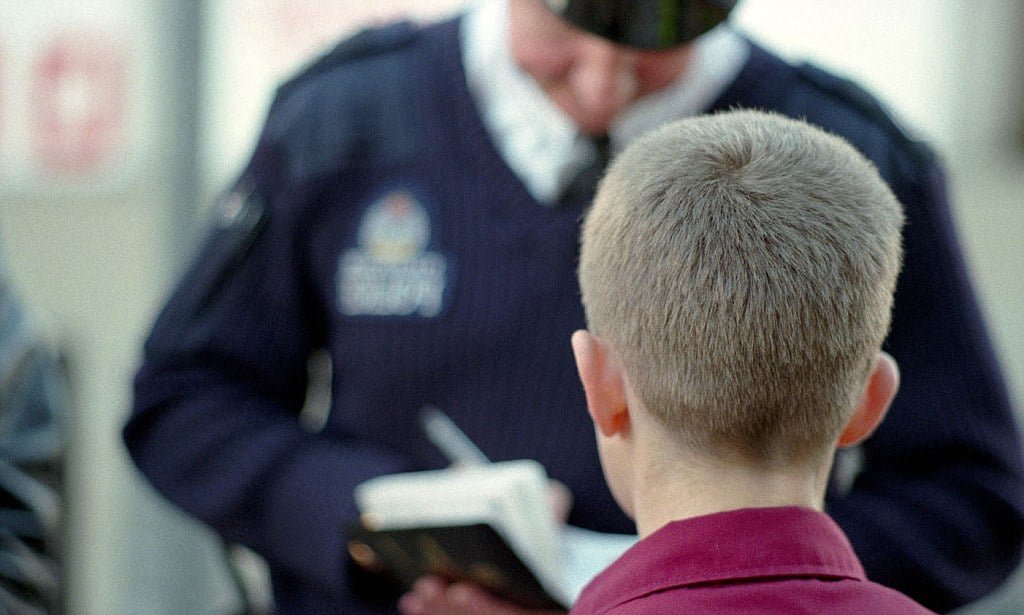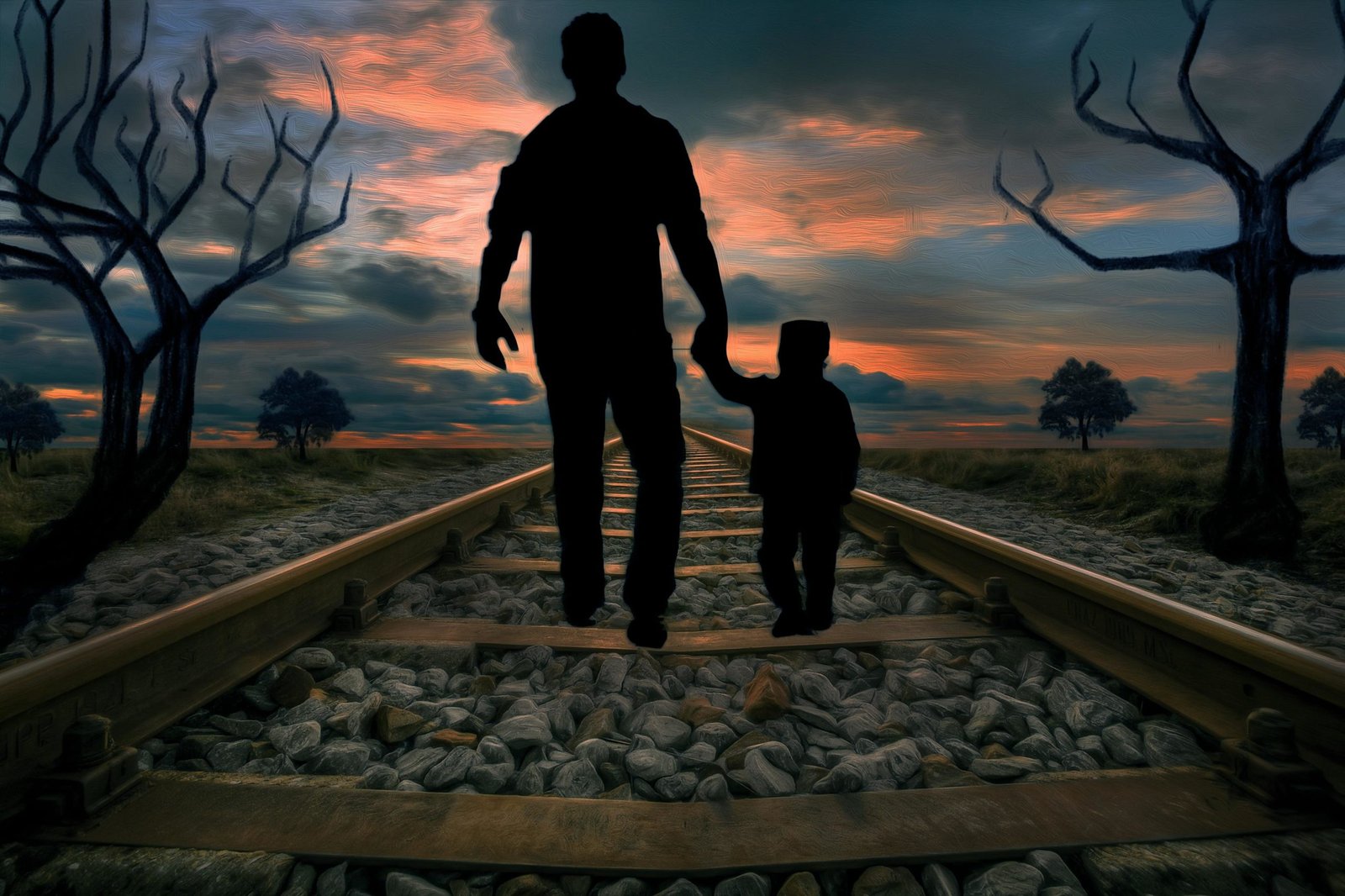In dealing with children who commit offences, we must remember that they cannot be expected to have an adult understanding of their behaviour.
The recent
Supporting a terrorist organisation, still less running off to join one abroad, is thankfully a rare occurrence for children. However, entering the Criminal Justice System is not. In 2017-18, 65,833 10-17-year olds were arrested in the UK, and 26,700 young people were sentenced or cautioned for an
Do we criminalise children too early in the UK? In England, Wales and Northern Ireland, the Age of Criminal Responsibility (ACR) is 10. In Scotland it is just 8, although the age of criminal prosecution is 12 and children aged 8-11 attend a Children’s Hearing, as opposed to criminal court. There is currently a bill going through the Scottish Parliament to increase the ACR to 12. The ACR in the UK is the lowest in Europe and conflicts with advice from the UN Committee on the Rights of the Child which states that an ACR lower than 12 is not acceptable. In the UK we

Does criminalising children reduce offending? Research suggests otherwise. Contact with the Criminal Justice System (CJS) can result in further criminality, and those countries with lower ACR, such as the UK, actually have the poorest outcomes when it comes to reoffending and rehabilitation [1]. Therefore, the argument that
The children who end up in contact with the CJS are often already disadvantaged in some way. Many have grown up in care or poverty, others have mental health conditions. Most disturbingly, many have learning and communication difficulties or neuro-developmental conditions such as autism.
The ACR in England and Wales was set in the 1960s when relatively little was known about brain development. There seemed to be no compelling reason why the age was set at 10, and research since then suggests that this is arbitrarily low. Impulsive and risk-taking
“By involving children in the CJS we are locking some of them into criminality and in many cases reducing their chances of going on to complete their education and secure both qualifications and employment. “
When setting an ACR, it is generally considered important to conceptualise criminal responsibility in two ways:
- The ability to engage in criminal
behaviour – the doctrine of doli incapax. - The capacity to participate in a trial and to be held legally accountable.
If the ACR is raised, what should happen to those children who commit crimes but who will now not enter the CJS? Countries with higher ACR tend to divert children into the social welfare system or use restorative justice to address criminal behaviour. These paths are available in the UK and are being used more often, although significant investment may be required. Early intervention via parenting programmes such as Triple P, or Youth Inclusion, are favoured as they can prevent criminal behaviour in the first place. If children are considered a danger to themselves or others, they can already be sent to Secure Children’s Homes under present welfare laws. Around half of all children detained in these homes at present are there under the Children Act 1989, rather than having been sentenced by the youth courts. There is also capacity to divert children with mental health conditions away from the CJS into the mental health system, although Child and Adolescent Mental Health Services (CAMHS) are struggling to meet demand in general.
We must consider the victims of child offending. Although little work has been done as to the feelings of victims with regards to the ACR, the response of Victim Support Scotland to proposals to raise the ACR in Scotland from 8 to 12 were broadly supportive and the organisation seemed convinced that the rights of victims could be respected in ways other than criminalising young children.
We view children as worthy of protection and guidance until they commit a crime. Then there is a danger that we take an entirely punitive approach which actually results in more youth offending. The horrific murder of James Bulger by two ten-year-old boys 26 years ago solidified the idea that young children could be held criminally responsible for their actions. Raising the Age of Criminal Responsibility would not have meant that the perpetrators were not dealt with. Diverting children from the Criminal Justice System does not mean ignoring crimes committed by children. It means dealing with these clearly troubled individuals in a way that recognises the seriousness of their behaviour whilst acknowledging that children are not adults in miniature and cannot be expected to have an adult understanding of, and control over, their behaviour.
1. 108 Goldson, B. (2015) ‘The Circular Motions of Penal Politics and the Pervasive Irrationalities of Child Imprisonment’, in Goldson, B. and Muncie, J. (eds) Youth Crime and Justice, 2nd edition. London, Sage: 170-190.







Posted by elee
25 February, 2019 at 3:50 pm
Given (1) the conscious choice of ISIS et al to expose its children to lethal violence, and make them administer it, and (2) the prevalence of child soldiers in the wider Third World practice, have you entertained the notion that----regardless of its verisimilitude justice compassion----the view of childhood presented here is a distinctively Western artifact? Lethal children, whether propelled by Allah, captagon or enslavement, or all of the above, are as lethal as adults subject to the same enslavement(s). Can it be demonstrated that the children of urban Muslim immigrants in the West don't receive the same values and indoctrination as those of Westerners who sneaked across the Turkish border to go kill infidels? We saw something like this in the era of the Superpredator in America, nine-year-olds with machine guns and no empathy. I believe that tide has only receded because we stopped lead-poisoning our children.......but Islam is a lot harder to eradicate than lead paint.